I recently reviewed the results my annual survey. Each year, I seek your feedback on what Paper + Spark is doing right, what I’m doing wrong, and what topics you’re currently struggling with.
Year after year, one of the most commonly mentioned struggles I see is pricing. 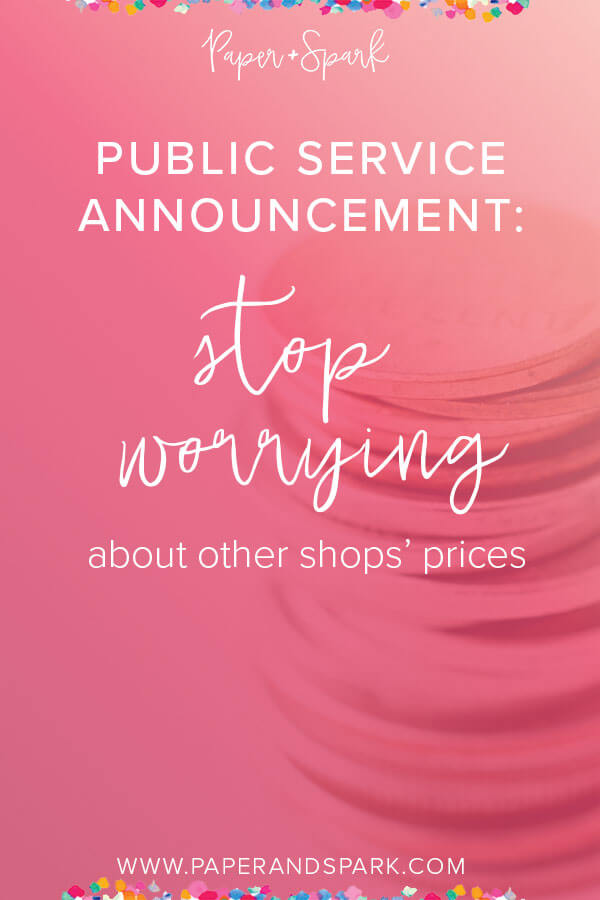
This year, I noticed lots of comments regarding not just pricing but a huge concern for what your competition is doing. I got the sense that a lot of us feel ick about our prices, specifically in comparison to everyone else.
“Pricing my items correctly puts me above online competitors… I feel people look at my prices and run. I’d love to feel confident that people will pay my prices for a quality product.”
“I struggle with pricing; when I use the pricing formulas, I have found I feel confident about the price that I develop, but then I look at similar items being sold on Etsy for much less and feel like everyone is going to buy the cheaper products and not buy mine.”
As I plan to refresh and re-launch The Pricing Workshop, a course I co-created on handmade pricing, I asked some pointed questions about what you would like to see and learn about when it comes to the topic.
I was hoping for some good ideas of content to add as new course lessons. But I was surprised that many of you mentioned a topic I hadn’t really considered – researching your competition.
“Maybe some case studies or information about pricing relative to competition.”
“I have trouble finding the balance between what I should be pricing my items at versus what people will pay for them… Maybe a resource to help with competitor research?”
“Maybe a program that shows what other things in my niche are being sold for. E.g., is there a way to search Etsy for all hand crocheted toys and then have their prices listed?”
“The role of other, similar, products (and their prices) should have on my pricing mine. I often can see the differences between my product and other similar and can explain to myself why mine is cheaper or more expensive, but I’m not sure my potential customers can see it.”
I really got the sense that a lot of you think that there is some sort of missing link between your shop and your competition. If you could just grasp some sort of formulaic insight into how your products fit within your market niche, you’d be set. You’d suddenly feel GOOD about your prices and sure that people would buy.
Honestly I was a bit surprised to see all these responses from makers who seemed really worried about what other sellers were doing when it comes to pricing. And thus the reason why I’m writing today – I want to share my opinion, though it may be a bit unpopular or controversial:
stop worrying about how your competition is pricing.
When it comes to your pricing, your competition really does not matter.
That’s right. I am not going to build any resources showing you how to do market research or where your prices fit within your niche or how to set a priced based on what your competition is doing.
Because in my opinion, your competition should really have no bearing at ALL on where you set your prices.
WHY DO I SAY THAT?
Because your prices should not depend on something external to you. They should depend on your business goals, your financial goals, and your costs. Period.
The goal is to build a shop that will be around for the long haul… a shop that earns a profit from which you’re able to pay yourself.
A sustainable, profitable business hinges on having a proper pricing strategy. Your prices determine your total sales, which determines your total net income (sales minus expenses), which determines both how much you’re able to re-invest in the business and pay yourself.
So if your end goal is to be able to re-invest and pay yourself, then you must start by setting the right prices…keeping that overarching goal in mind at all times.
Your pricing strategy should be determined by those overarching goals and by your costs. And that’s it really, in my humble opinion.
You set your prices based on your product & business costs, and on what you need to be able to pay yourself and build a profitable, sustainable business.
IMAGINE IF…
Imagine if you DID set your prices based on what you saw other shops were doing. What if the prices suggested by other shops is lower than your cost of goods? What if it barely covers your cost of goods? What if it only allows you to pay yourself $2 an hour? What is the point of trying to build a business on that pricing model?
If you set your prices based on what everyone else is doing, you could be selling at a loss without even realizing it. Or you could be covering your costs but unable to ever pay yourself. Sure, you may feel competitive and you may be able to make sales, but you’re not truly building a business that can support you.
What’s the point in having a “competitive” price while running your business into the ground?
Psst…wanna know if you’re making one of the top 3 worst pricing mistakes with your handmade items? Tune into this free video training right here.
THAT SOUNDS NICE BUT… WHAT ABOUT EVERYBODY ELSE WHO IS PRICING SO MUCH LOWER? AREN’T PEOPLE GOING TO JUST LOOK AT MY PRICES AND RUN?
You should figure out what prices you need to charge to cover ALL your business & product costs along with the ability to pay yourself. That price should be calculated in a vacuum. As in – regardless of what anybody else is doing or charging.
Now, that’s not to say that you should just ignore what prices your market will bear. That is definitely something to consider. (Notice I said consider what your market will bear – as in your buyers. Not your competitors.)
But I think we are too quick to lose confidence in our prices once we see what other shops are doing. We may know what our numbers say and what we need to charge, but as soon as we start looking at others, we doubt ourselves.
Once you figure out what you need to charge, it’s up to YOU to figure out if you can sell it at the price.
Can you build a professional presence and a brand to make sales at that price? Can you market in such a way that you attract the right audience to buy at that price? Can you educate your potential customers as to why your product is worth that price?
I think most of us CAN do this, but we doubt ourselves… because of what everybody else is doing or charging.
The bottom line (to me at least) is that if you figure out what that price is and you absolutely know with certainty that no one is going to buy your product at that price, then it’s time to either scrap that product or re-assess your number goals.
That may mean figuring out a way to cut costs so you can lower your price. Or that may mean lowering your bar and being okay with paying yourself less. And don’t forget that scrapping the product altogether is an alternative too.

My point is that I want you to know and understand what YOU need to charge to build the business YOU WANT to build, and that should not take into consideration what anybody else is doing.
I can guarantee that many of the sellers you’re comparing yourself to have no clue what they are doing. There was no strategy behind their pricing. They don’t know if they’re even making a profit. They may not even be around in a year or two.
WHERE TO FOCUS YOUR ENERGY INSTEAD
Do not adjust your prices because of what others are charging. You know what YOU need to make to hit your goals. Instead, focus your time & energy on building a business, a brand, a presence, and quality products that attracts the right buyers for the prices you need to charge.
This is possible! Businesses, even Etsy shops, do this all the time. Find your people, and speak to them. Draw in demand by crafting the right copy and using great, attractive photos. Educate your audience on your process, your quality, and what differentiates you from everyone else. Share benefits, not just features. Create value and build demand.
If all of us focused on what everyone else was charging, we would truly be in a race to the bottom. Honestly, sometimes it feels like we are already there.
I encourage you to get comfortable with your numbers and figure out what prices you need to support your dream. Start there and then figure out what you can do to run your business successfully at those prices.
Consider this a public service announcement for us all – the more makers who start setting prices that reflect their time & talents the better we’ll all be. We’ll feel less pressure to lower the bar when we look at our competitors, and we’ll be part of the effort to educate buyers that handmade means high quality and value.
free video workshop on pricing
Register for our free on-demand workshop all about the three key signs you need to fix your prices ASAP. We also discuss the three components of a successful pricing strategy.


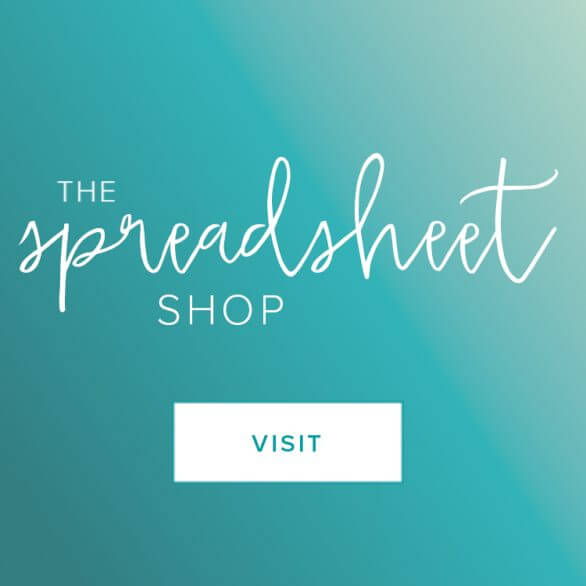
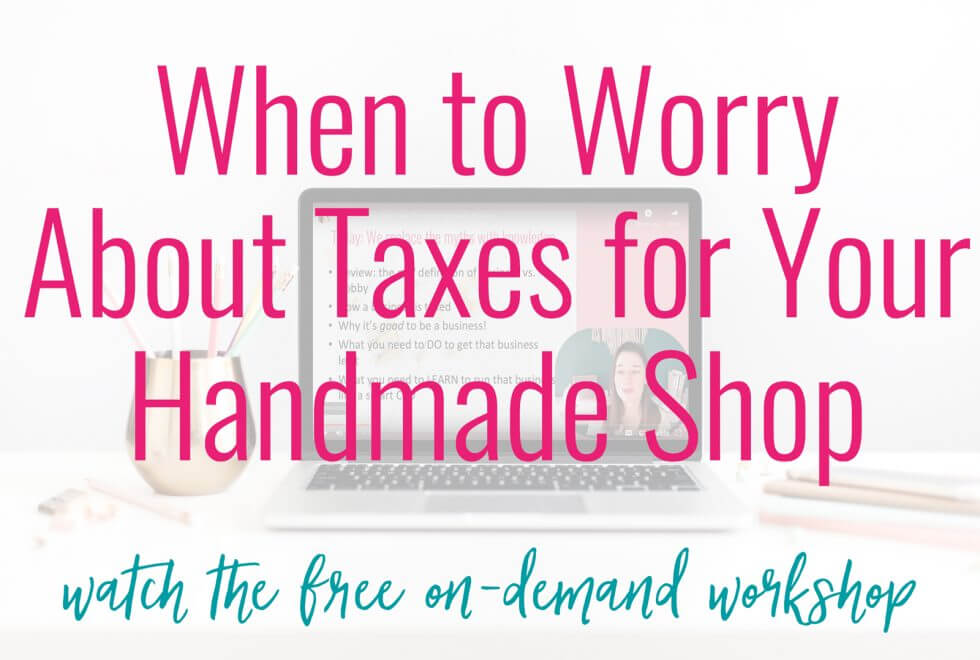

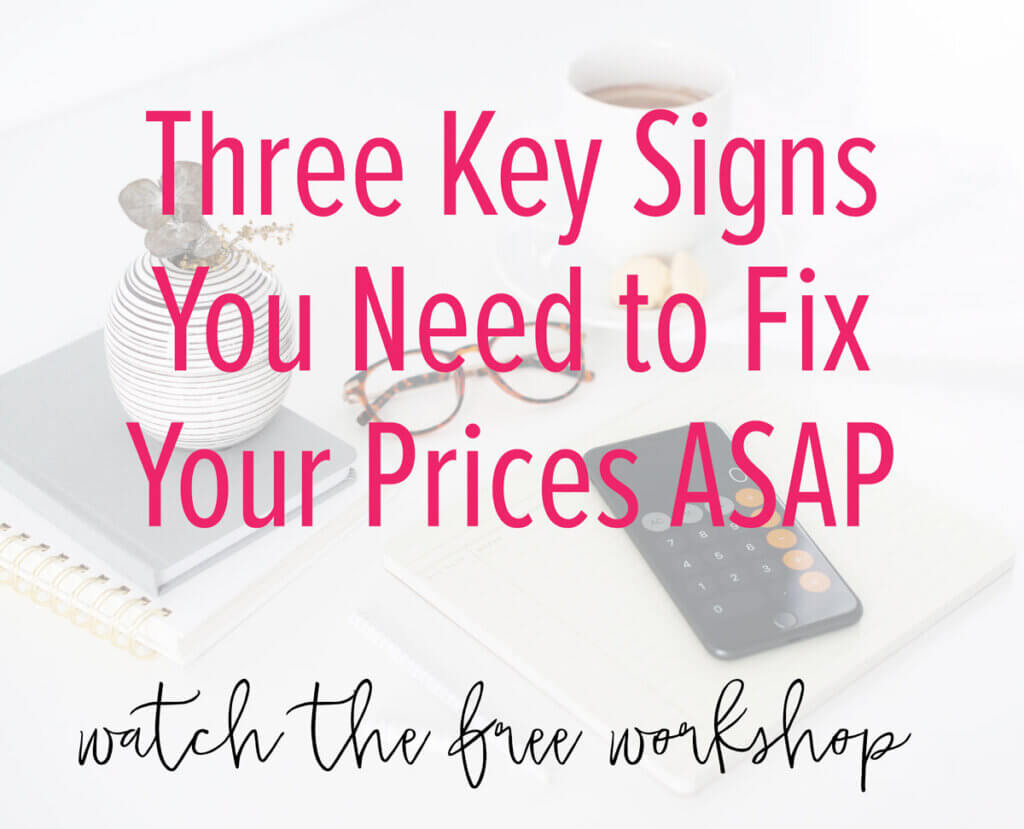

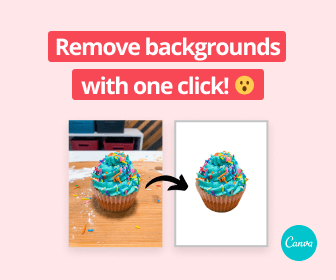




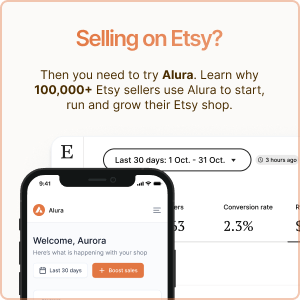

Awesome post Janet, totally SPOT ON!
I love it!